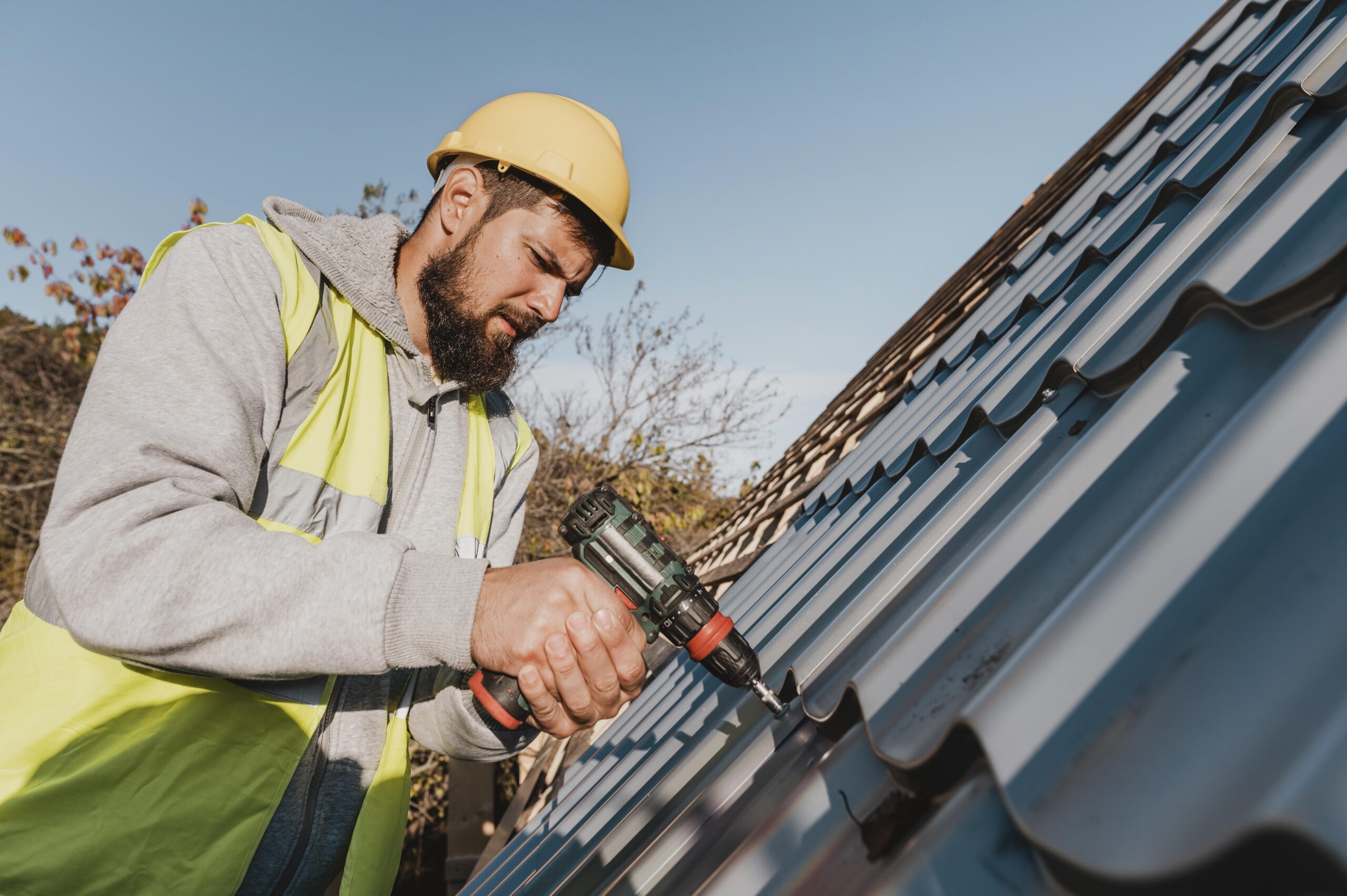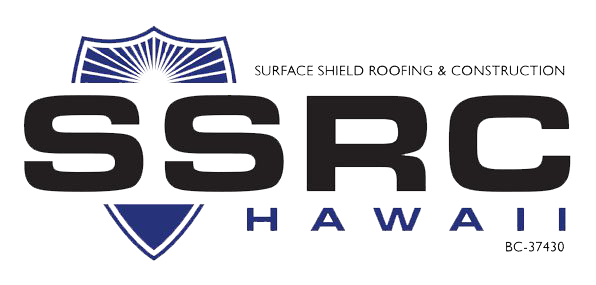Roofing Oahu: High Quality Services for Durable Roofs in Oahu
Roofing Oahu: High Quality Services for Durable Roofs in Oahu
Blog Article
Understanding the Different Types of Roofings: A Comprehensive Overview for Homeowners
With a range of alternatives-- ranging from the traditional gable to the modern flat-- each kind offers distinct advantages and obstacles that need to align with the homeowner's ecological considerations and specific needs. As we explore the complexities of various roofing system types, it ends up being obvious that one size does not fit all; the appropriate choice may shock you.
Saddleback Roof
Gable roof coverings, characterized by their triangular form, are among one of the most popular roof covering styles due to their simpleness and effectiveness in dropping water and snow. This layout features two sloping sides that fulfill at a ridge, enabling efficient water drainage and reducing the risk of water build-up. The steep pitch frequently associated with saddleback roofs boosts their capacity to deal with hefty rainfall, making them appropriate for different climates.
In enhancement to their sensible benefits, saddleback roofs offer visual convenience. They can be adapted to numerous building designs, from traditional to modern homes. The design can also accommodate extra attributes such as dormer home windows, which boost natural light and air flow in the attic room room.
In addition, gable roofing systems provide ample space for insulation, adding to energy effectiveness. House owners can choose from a range of roofing materials, including asphalt shingles, steel, and floor tiles, better boosting customization options.
Regardless of their advantages, saddleback roofs might call for additional assistance in locations susceptible to high winds or heavy snowfall. On the whole, the saddleback roof stays a popular selection as a result of its blend of performance, sturdiness, and aesthetic charm.
Flat Roofs
Flat roofs are usually recognized for their minimalist design and functional applications, particularly in industrial and industrial settings (oahu roofing). These roofs include a straight or virtually horizontal surface area, which enables very easy building and construction and functional area utilization. While they might do not have the visual allure of angled roofs, flat roofs provide many benefits, specifically in city atmospheres where making best use of area is important
One of the primary advantages of level roofings is their access. Home owners can use the roof covering space for numerous objectives, such as roof yards, terraces, or solar panel setups. Additionally, flat roofing systems are generally extra affordable to maintain and set up compared to their sloped equivalents, as they need less materials and labor.
Usual materials utilized for flat roofs include built-up roof (BUR), modified asphalt, and single-ply membranes, each offering distinctive advantages. On the whole, level roof coverings offer as a useful and versatile option for numerous house owners and organizations alike.
Hip Roofing Systems
Hip roofings are identified by their sloped sides that assemble at the top, creating a ridge. This layout is unique from saddleback roofs, as all four sides of a hip roof incline downwards towards the walls, providing a more secure structure. The angle of the slopes can vary, allowing for adaptability in architectural visual appeals and performance.
Among the key advantages of hip roofing systems is their ability to stand up to hefty winds and adverse climate condition. The sloped surface areas make it possible for better water drain, lowering the risk of leakages and water damages. Furthermore, hip roof coverings offer raised attic room space, which can be made use of for storage or perhaps converted into comfortable areas.
Nevertheless, building a hip roofing system can be more costly and intricate than easier roofing types, such as saddleback roofs. The additional product and labor associated with producing the inclines and making sure appropriate structural stability can lead to higher costs. Despite these disadvantages, several house owners favor hip roofs for their resilience, visual charm, and potential for energy effectiveness.
Mansard Roofings
Mansard roofs, often acknowledged by their special four-sided style, attribute 2 slopes on each side, with the reduced incline being steeper than the top. This architectural design, stemming from France in the 17th century, is not just cosmetically attractive however functional, as it maximizes the functional area in the upper floorings of a structure. The steep lower slope permits even more clearance, making it an optimal choice for attics or loft spaces, which can be exchanged living rooms.
Mansard roofing systems are defined by their adaptability, accommodating different architectural styles, from typical to modern-day. They can be created with different materials, consisting of asphalt roof shingles, slate, or metal, providing home owners with a series of choices to fit their budgets and preferences. Additionally, the design important link enables for the combination of dormer windows, boosting natural light and ventilation in the top levels.
Nonetheless, it is important to think about the prospective disadvantages. Mansard roofing systems might call for even more upkeep because of the complexity of their layout, and their steep inclines can be challenging for snow and rainfall runoff. Generally, mansard roofings combine beauty with practicality, making them a popular choice among house owners seeking distinct building functions.
Lost Roofing Systems
As home owners increasingly seek simpleness and performance in their building styles, dropped roofing systems have arised as a prominent option. Characterized by a single sloping airplane, a shed roof covering presents a minimal aesthetic that matches different home designs, from contemporary to rustic.
Among the primary benefits of a shed roof covering is its uncomplicated building and construction, which commonly converts to lower labor and material costs. This design permits reliable water drain, reducing the danger of leakages and water damage. In addition, the upright incline offers adequate room for skylights, boosting all-natural light within the interior.
Dropped roofing systems additionally supply adaptability in roofing companies oahu regards to usage. They can be effectively incorporated right into enhancements, garages, or outside structures like sheds and structures. In addition, this roofing design can suit numerous roof products, consisting of steel, asphalt shingles, and even eco-friendly roofs, straightening with environmentally friendly initiatives.
Nevertheless, it is crucial to take into consideration regional climate conditions, as heavy snow lots may require changes to the roof covering's angle or framework. On the whole, dropped roofing systems offer a useful and visually pleasing choice for house owners looking to make the most of performance without compromising design.
Conclusion


Gable roofing systems, characterized by their triangular shape, are amongst the most popular roof covering designs due to their simpleness and effectiveness in losing water and snow. oahu roofing. The high pitch commonly connected with gable roofing systems improves their ability to handle hefty rainfall, making them appropriate for numerous climates
While they may lack the visual allure of pitched roof coverings, flat roofing systems offer many benefits, especially in urban environments where making the most of space is essential.

Report this page